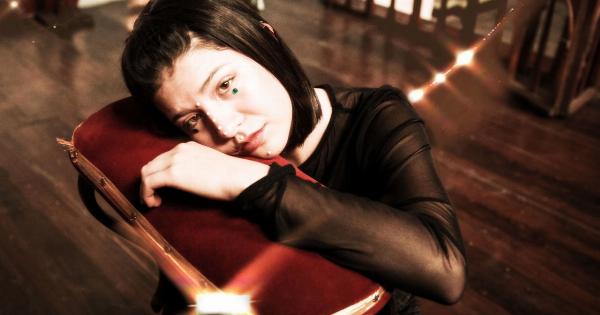The bond between a child and the moon has been an age-old fascination. The connection between the two entities is beyond the realm of science and demands a deeper understanding of our spiritual and emotional self.
From ancient folklore to modern-day literature and movies, the association of a child with the moon has been a recurring theme that has intrigued humans for centuries.
The Child and Moon Symbolism
The connection between a child and the moon is often associated with innocence, purity, and beauty. The moon symbolizes faith, enlightenment, and renewal. Together, they create a powerful symbol that captures the essence of the human spirit.
From storybooks to art and music, the child and the moon symbolism has found its way into various art forms and cultural expressions.
The Mythical Connection
Mythology and folklore are rife with instances of the moon and children being intrinsically connected.
One of the most popular tales is that of the “Moon Rabbit.” In this Japanese folklore, a rabbit is said to reside on the moon, making rice cakes while looking down on the earth. The Moon Rabbit symbolizes many things, including dedication, sacrifice, and kindness, making it a cherished figure in Japanese culture and beyond.
The Lunatic Connection
The phrase “lunatic” comes from the Latin word Luna, meaning moon. The word was used to describe people who were believed to be affected by the moon’s phases, which was believed to cause madness.
In medicine, the term “lunacy” has been used since the 16th century to describe mental health conditions that were presumed to be aggravated by the moon’s influence. While the theory has been scientifically debunked, the connection between the moon and human behavior remains a subject of interest in the field of psychology.
The Moon and Child in Art
The moon and children have been a popular subject in the art world for centuries. From paintings to illustrations, the combination of the two has been beautifully captured in various art forms.
The famous painting “The Starry Night” by Vincent Van Gogh features a small village with a crescent moon and stars that shine vibrantly in the sky. The painting is a representation of the spiritual power of the universe and the beauty that can be found in the night sky.
The Moon and Child in Literature
The moon and children have also found their way into children’s literature.
One of the most popular examples is the book “Goodnight Moon” by Margaret Wise Brown, where a little bunny bids goodnight to everything around him, including the moon. The book has become a classic children’s favorite that has been enjoyed by generations.
The Moon and Child in Movies
Popular culture has also captured the essence of the child and the moon. From the heartwarming movie “E.T. the Extra-Terrestrial” to the Disney classic “Tarzan,” the moon has been used to create a sense of wonder and mystique.
In “E.T. the Extra-Terrestrial,” the moon is used to create a sense of mystery and otherworldliness, while in “Tarzan,” the moon is used to create a sense of calm and serenity.
The Child and Moon in Spirituality
The connection between a child and the moon is not just limited to folklore and culture.
Many spiritual practices also center around the moon and children, which include the use of moon phases in rituals, as well as the symbolism of a child’s innocence in spiritual contexts. For instance, in the Tarot card, “The Moon” is shown with two dogs, which represent the animalistic nature of humans. The image is often associated with introspection, mystery, and the unknown.
The Child and Moon Today
The child and the moon continue to inspire us today, and their connection remains as strong as ever. The symbolism of the moon and its association with a child’s innocence and purity is cherished by many cultures worldwide.
Whether it’s in art, literature, movies, or even spiritual contexts, the child and the moon offer us a powerful symbol that reminds us of the beauty and mystery of the universe.
Conclusion
The child and the moon symbolize the spiritual connection that exists within us all. The innocence, purity, and beauty that they represent is a reminder of our place in the universe and our connection to something greater than ourselves.
Their symbolism can be found in many art forms and cultural expressions, and their connection continues to inspire us today.































